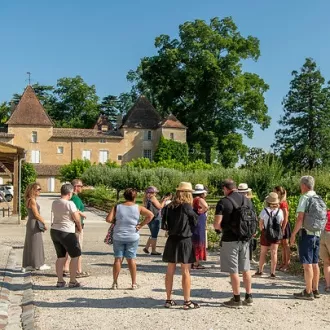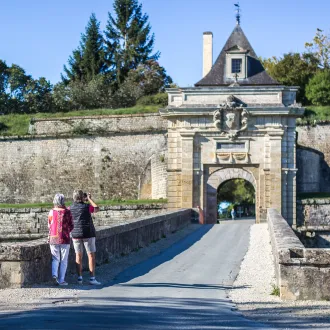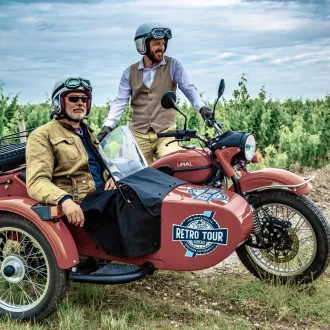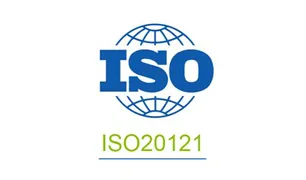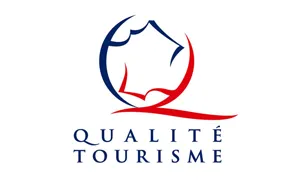Known as the cradle of Bordeaux wines, the Graves and Pessac-Léognan vineyards are also the closest to the city. Situated just outside Bordeaux, the Crus classés (classified growths) of the Graves region know how to welcome their guests!
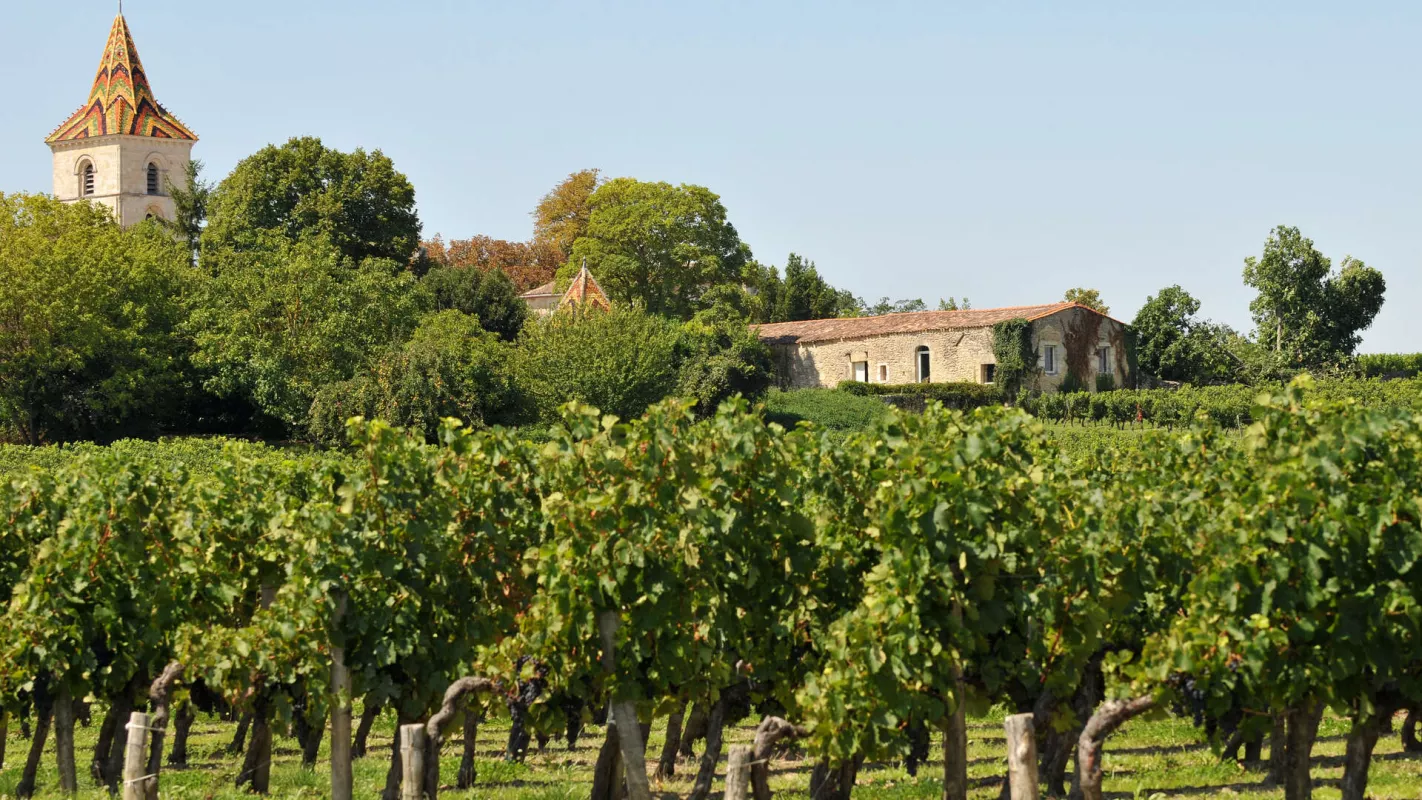
A day in Blaye and Bourg
Facing the vineyards of the Médoc, the hillsides of Bourg-sur-Gironde and Blaye make up an atypical and discreet winegrowing terroir. You can reach these areas via two remarkable wine routes: one land-based, the other river-based.
Blaye and Bourg, the heritage of the estuary
With its 20-metre steel hull, the riverboat La Sardane can accommodate 70 passengers. Hop on board for a cruise on the Gironde and admire the surrounding landscape. The golden-coloured waters of the river that was once called the “Bordeaux River” open up to a fascinating world, guarded by the odd dipping net structures built along the riverside. At the heart of the largest estuary in Europe lie the islands of a long-forgotten Gironde archipelago. The islands of Patiras, Bouchaud, Nouvelle, Fort Paté, Verte, Nord, Cazeau, Margaux, and Macau bear witness to an age-old dialogue between man and the river. On the right bank, the ports of Bourg and Blaye now have pontoons for small cruise boats. They are essential stopovers on the trip to discover the Blaye Côtes de Bordeaux and Côtes de Bourg AOCs, as well as the estuary’s rich historical heritage.
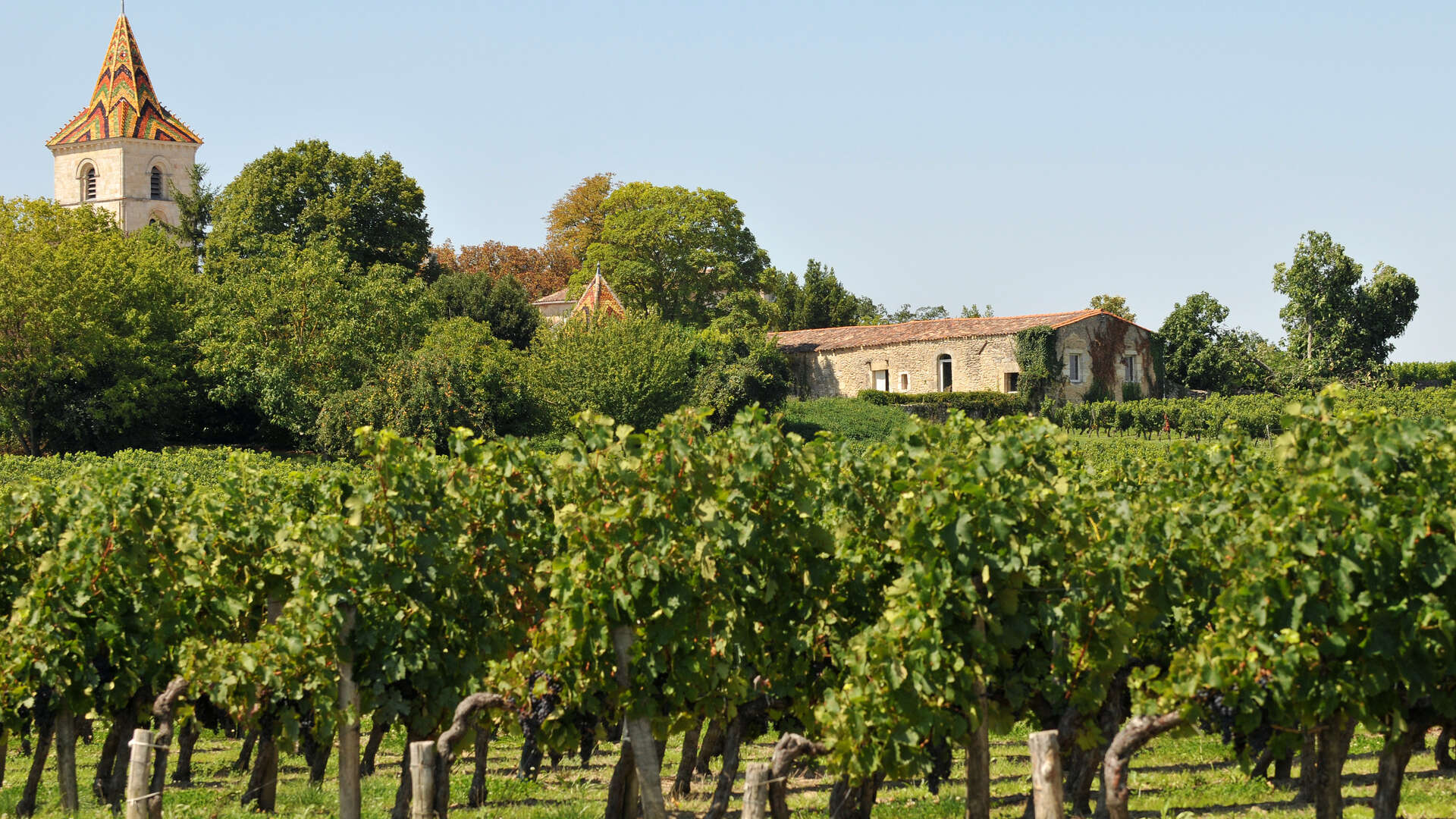
The wine route, along the riverside
Departing from Blaye, several wine tourism cruises take you on a trip to discover the islands of Margaux, Nouvelle, and Patiras. The latter island is home to a ship-guiding lighthouse dating back to 1879. One of the area’s highlights is the Patiras refuge, restored in 2008. In this lovely, contemporary-designed riverside cottage, you can taste wines from both sides of the river and enjoy savoury, locally-produced food buffets. Don’t miss climbing atop the lighthouse’s 30-metre-high lookout point offering breathtaking views of the vines and the “Verrou Vauban” (Vauban’s Barrier). Made up of the Blaye citadel and the Médoc and Paté forts, it was built in the 17th century to counter the maritime invasions. Listed as a UNESCO World Heritage Site, the Blaye military citadel offers guided tours and fun activities for children aged 7 to 12 years. It is the symbolic gateway to this winegrowing area and its many cultural treasures.
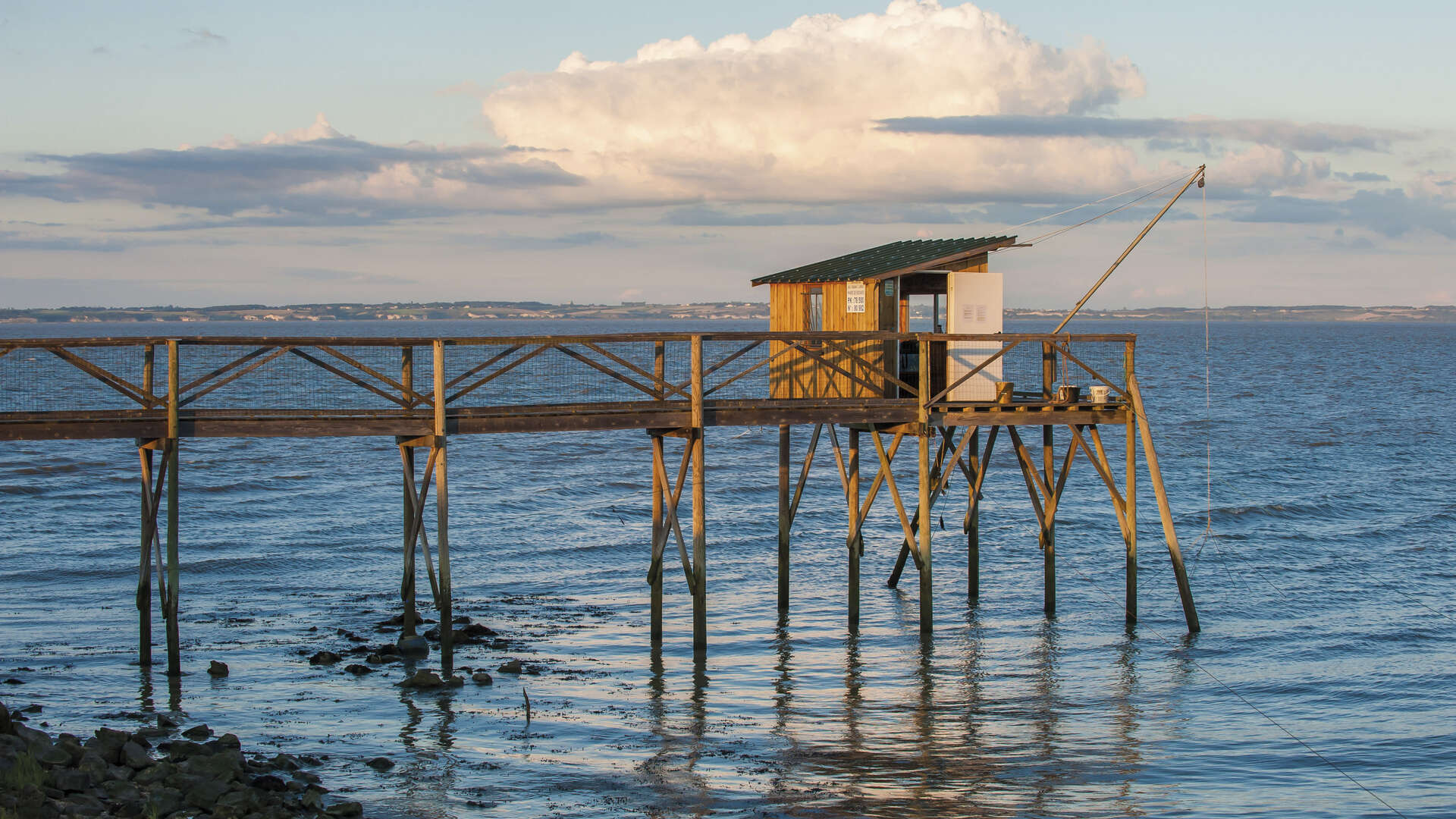
The scenic Route de la Corniche Fleurie
At the top of huge limestone cliffs home to several cave-houses cut into the rock, the Corniche road (or “route des Capitaines”) runs along the Dordogne for 12 km, from Bourg-sur-Gironde to Villeneuve. Between two wine tastings in the surrounding wine-producing estates, you can enjoy, on foot or by mountain bike, sublime panoramas of the estuary. On the way, discover the flowery gardens of old seafarers’ houses, the prehistoric cave of Pair-non-Pair, the archaeological site of Plassac, home to Gallo-Roman remains, or the contemporary and educational installations of Fenêtres sur l’Estuaire (“Windows on the Estuary”). To end your day on a high note, and perhaps in three colours, head for the renovated Côtes de Bourg wine bar, all spacious and bright. Boasting magnificent views of the Dordogne, the bar features a wine list with no less than 170 Côtes de Bourg wines.
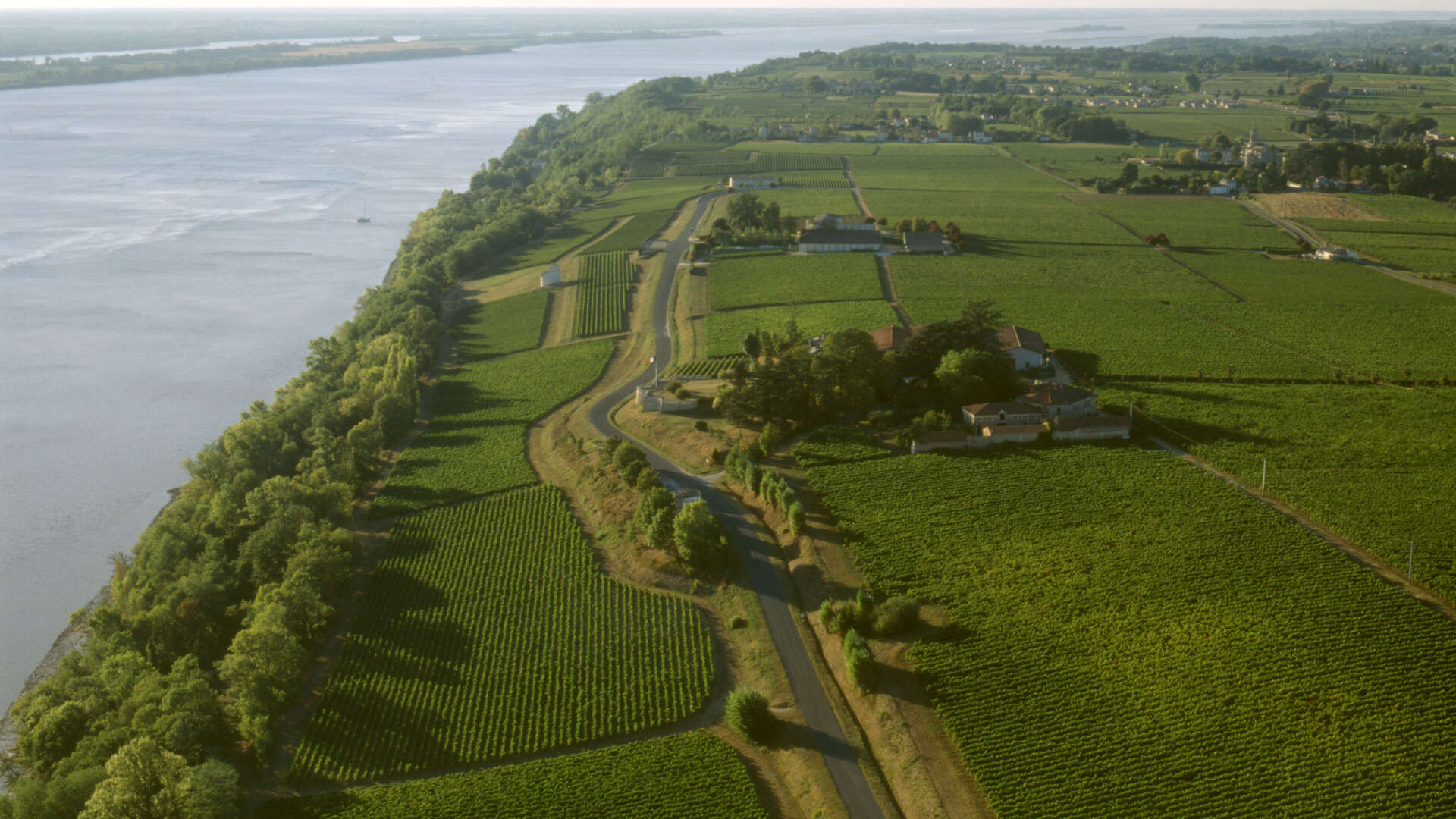
Tours to discover Blaye and Bourg


